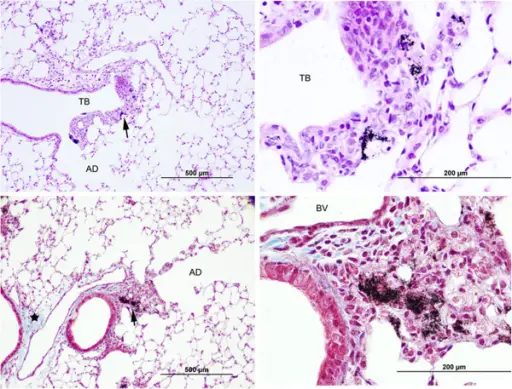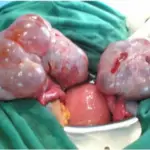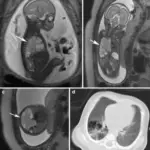Pulmonary pathology is the scientific study of ailments to the lungs affecting its functions and structural responsibilities.
WHAT IS PULMONARY PATHOLOGY?

Images are representative of mice exposed to the high dose (5 mg/m3 for 5 h/d for 19 d) and examined 84 d post-exposure. In the upper panels, MWCNT is within macrophages that have accumulated in connective tissue immediately below the thickened epithelium of the terminal bronchiole (TB). In comparison to the rest of the lung, general fibrosis, as identified by Trichrome staining, was scored as negative in MWCNT-treated mice (lower panels). No significant effects were scored for the middle and low dose exposures. The arrows in the left panels indicate the area of higher magnification shown in the respective right panel. Carbon nanotube dosimetry: from workplace exposure assessment to inhalation toxicology: Erdely A, Dahm M, Chen BT, Zeidler-Erdely PC, Fernback JE, Birch ME, Evans DE, Kashon ML, Deddens JA, Hulderman T, Bilgesu SA, Battelli L, Schwegler-Berry D, Leonard HD, McKinney W, Frazer DG, Antonini JM, Porter DW, Castranova V, Schubauer-Berigan MK - Particle and fiber toxicology (2013). Not altered. CC.


